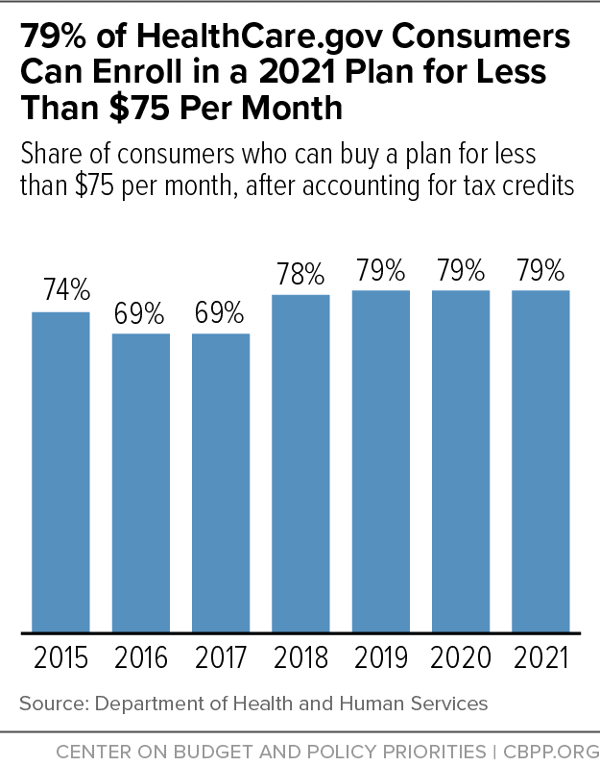BEYOND THE NUMBERS
Amid COVID-19, health insurance is more important than ever. With open enrollment starting November 1, people who need coverage should check out their options on HealthCare.gov or their state marketplace.
All plans purchased through HealthCare.gov or state marketplaces provide comprehensive coverage and financial protection. They’re guaranteed to cover essential health benefits, including prescription drugs, hospitalizations, and mental health treatment. They also include free preventive care services, such as annual check-ups and immunizations. And people who enroll in a plan on HealthCare.gov are also guaranteed coverage with no exclusions of, or higher costs for, pre-existing conditions.
Comprehensive plans are much more affordable than many people expect, thanks to federal premium tax credits that reduce monthly health insurance costs for low- and moderate-income consumers. Almost 9 out of 10 people enrolled in marketplace coverage this year qualified for the tax credits. Also, about half of enrollees received other federal subsidies to help them pay their out-of-pocket costs, reducing their deductibles and other cost sharing. More than three-quarters of 2020 marketplace consumers can find a 2021 plan that costs less than $75 per month, after accounting for the tax credits, according to the Department of Health and Human Services. (See chart; information on the affordability of marketplace plans in each HealthCare.gov state is available here.)
Even people who don’t qualify for financial help should visit HealthCare.gov because premiums fell again this year in most states, with the average premium for benchmark (second-lowest-cost) silver plans falling by 2.5 percent. Many people will also have more options from which to choose this year, because more insurers are offering plans on HealthCare.gov.
People who are currently enrolled in a HealthCare.gov plan should still check out their options for 2021 because they might be able to save money by switching plans. Last year, 42 percent of returning consumers who shopped for a plan and compared their options switched to a new plan for 2020. In prior years, consumers who comparison shopped and actively renewed their coverage paid 38 percent less on average per month than consumers who let their coverage automatically renew.
Consumers, however, should avoid insurance plans offered outside of HealthCare.gov that seem too good to be true. Substandard plans, or “junk insurance plans,” are marketed heavily during open enrollment, but their low price tags come with huge financial risks. These plans need not comply with Affordable Care Act (ACA) regulations, which means they can deny coverage to consumers with pre-existing conditions, charge consumers more based on gender, exclude certain categories of benefits like pregnancy or mental health, and impose annual coverage limits. HealthCare.gov (or a state marketplace) is the only place where consumers are guaranteed to get comprehensive, ACA-compliant insurance.
Enrolling in health insurance can be confusing, but free, local help is available in many states. And you can find options through the Get Covered Connector. Consumers should log on to HealthCare.gov by December 15 to get the comprehensive, reliable health insurance they and their families need.

